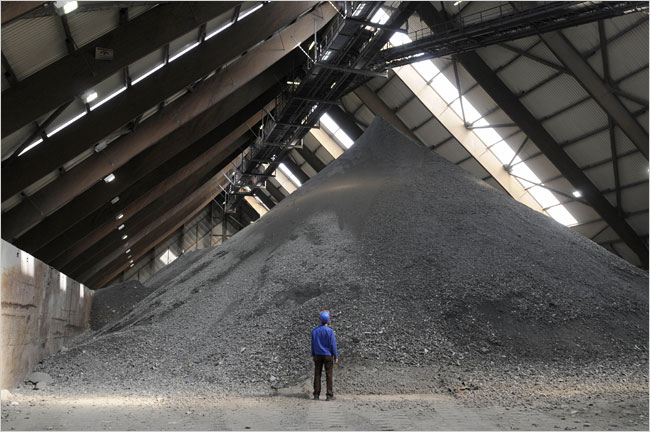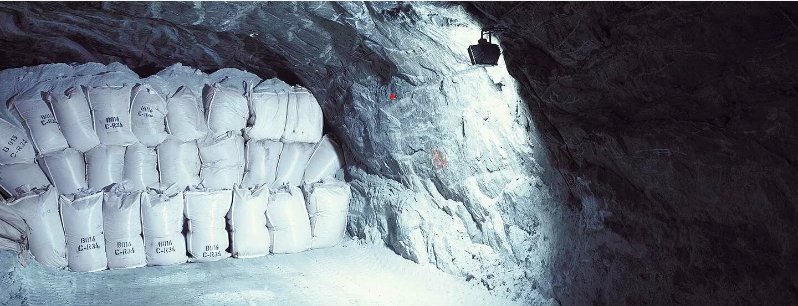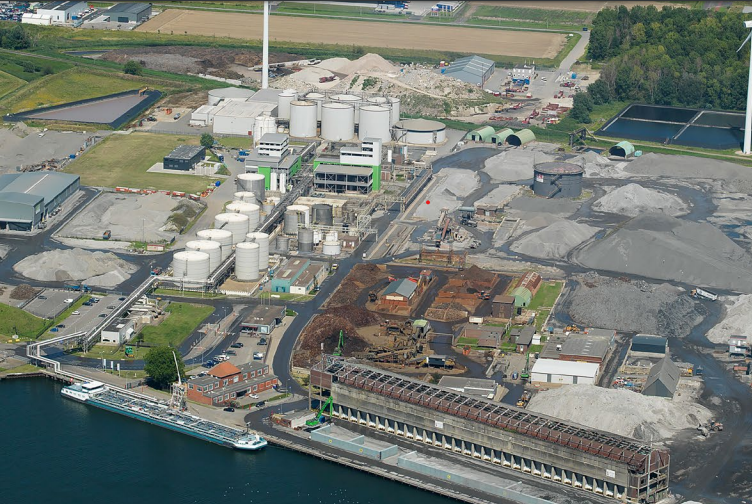ASH

One of the by-products of incineration is residual ash. The amount of waste you burn in weight returns around 25% of that weight in ash.
South Island Resource Recovery Limited proposes to burn 365,000 tonnes of waste annually, which they state will yield 100,000 tonnes of ash. To get an idea of that scale, all of Waimate’s waste landfilled in 2022 amounted to around 672 tonnes. There are two types of WtE ash: bottom and fly ash.
Fly ash.
Fly ash is light ash that would travel through the system and escape into the environment if not captured in the filtering process. It makes up around 20% of the total ash residue. 365,000 tonnes of waste will create around 22,000 tonnes annually of fly ash.
Fly ash is extremely toxic; it is classified as a hazardous substance and is disposed of accordingly. It is normally stabilised in concrete and, along with the filters, buried in specialised landfills or treated and stored in disused underground salt mines, where it is constantly monitored, ensuring it does not pose an environmental risk. Fly ash should never come into contact with groundwater, which requires it to be buried in elaborately lined bunkers with any leachate captured and taken away for treatment. This is a very complex and hugely expensive exercise. NZ currently has no landfills consented to dispose of WtE ash, so this would require its own strictly controlled landfill to do so, and it would also be required to stand up to NZ’s seismic movement regulations.
Over its lifetime, the plant will produce around 660,000 tonnes of fly ash.

Bottom Ash
After the incineration process, the bottom ash remains behind. This contains residue from burned waste, metals, and unburnt organic matter. Bottom ash must be removed from the furnace in a way that maintains control over the combustion process. A column of water normally provides a seal on the furnace, leaving the ash wet.
The ash is then transported to a storage warehouse on site for maturation. Maturation is essential in exposing the ash to air, allowing the contained metal oxides and hydrates to react with carbon dioxide to form carbonate. These reactions reduce the metals’ leaching ability and potential environmental impact. The contained leachates are captured for further treatment.
A maturation time of 3–4 months is required for the new generation of incinerators. The leachate produced may contain high concentrations of highly soluble salts and amounts of metals, especially copper, chlorides and sulfates. The maturing period is also necessary before effective metal separation can be performed by magnetic and eddy current separators.
This maturation process can be advanced by washing the ash. This process requires yet more technology and large amounts of water. The required removal of salts and dissolved solids from the ash is limited by the amount of fresh water added in the process; once the process water in circulation has reached saturation levels, fresh water needs to be added as salts and soluble solids can only be absorbed by fresh makeup water

When processed ash is to be used as a construction aggregate, as SIRRL proposes in the future, the allowable heavy metals and salt content are governed by regulatory thresholds. Using ash straight from the plant without treatment as an aggregate in concrete is totally unacceptable, as contaminants present in the raw ash may leach from the concrete. There are strict regulations as any untreated material can compromise the strength and longevity of the concrete, including the premature breakdown of metal reinforcing.
Municipal waste accumulates vast amounts of metal compounds, like aluminium, in the ash. As it oxidises, aluminium creates Hydrogen gas. This gas can cause concrete to expand during the curing process, altering its structural properties. Concrete manufacured using WtE ash has resulting in explosions when the concrete was later cut into due to trapped hydrogen gas.
The video below shows the process required before bottom ash can be reused.
The plant proposed for Waimate will produce roughly 3 million tonnes of ash over a 30-year period. That is a lot of ash requiring storage, treatment, and distribution. Each batch proposed for any use in roading or construction is likely to require testing before it can be used, as the makeup of the ash residue is subject to the ever-changing makeup of the waste stream.
As shown in the video above, independent operators usually treat Bottom ash. As aggregates in New Zealand are readily available, there is no financial incentive for processing the bottom ash without the added economic benefit of recovering metals, which can be removed from the ash and sold for recycling.
SIRRL has stated that they intend to remove the recyclable metal from the bottom ash, removing any financial incentive for an outside operator to process it.
The proposed Waimate incinerator is to be built on a 15-hectare site; all that space has been allocated to other processes. SIRRL’s resource consent application does not provide for bottom ash processing.
Although SIRRL states their intention in the future is to reuse aggregates from bottom ash for roading and construction, which bolsters their ‘green’ potential, there is nothing in place to realise this; therefore, it is likely that the estimated 100,000 tonnes of ash produced each year will be landfilled indefinitely.
